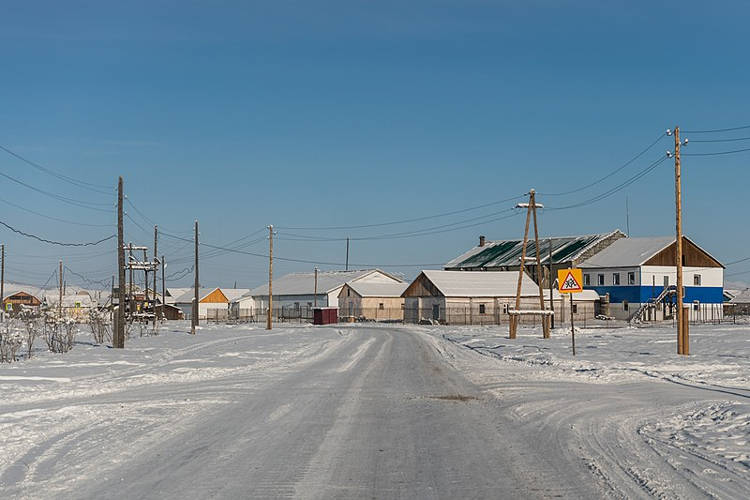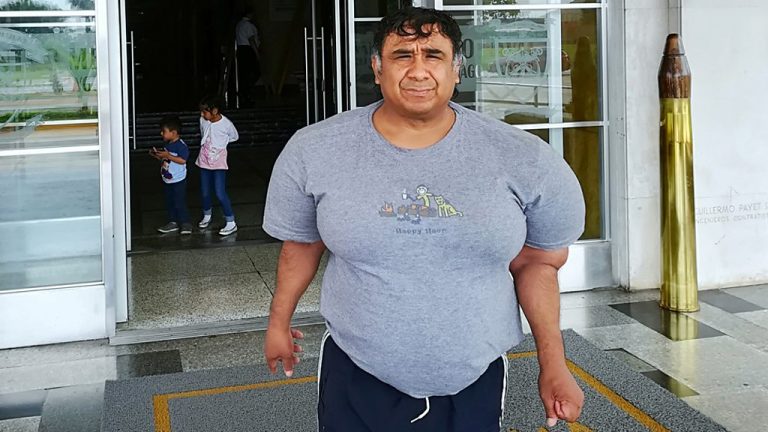Officially recognized as the coldest permanently inhabited settlement on Earth, the small Russian settlement of Oymyakon is probably home to the most resilient kids in the world.
Can you imagine sending your kids to primary school (years one through four) at -50° Celsius? Well, in Oymyakon, that’s pretty much standard procedure, as the one school in the rural locality only closes when temperatures drop under -52° Celsius. Children older than 11 have to be even tougher, as they get to stay home only when the temperature drops under -56° Celsius. Daytime temperatures around this time of year are around -50°C, which means that pupils of all ages have to brave the cold and get to school every morning.

Photo: Ilya Varlamov/Wikimedia Commons
“Local kids walk to school with their parents and often with dogs, too; pupils from other villages have to take a bus to get here. The bus ride takes from 10 to 18 minutes,” local photographer Semyon Sivtsev recently told the Siberian Times. “I was filming around 9am on 8 December, and the temperature was -51°C. How cold did it feel? I had to keep my gloves on which wasn’t very comfortable, but otherwise my fingers would have been frostbitten, and I could only film in very short bursts.”
In December, the sun rises at around 10am in Oymyakon, so at 9am, when school starts, it’s still dark outside, and the temperature is really low. The kids stay at school until 5pm, about three hours after the sun sets, so they have to brave extremely low temperatures on their way back home as well.
Yakutsk, the capital of Russia’s Sakha Republic, and the coldest city on Earth, is not the most hospitable place either, but, it’s definitely not as extreme as Oymyakon. Primary school pupils when the daytime temperature drops under -45°C, while older students get to stay home at -48°C. All schools close at -50°C.
Interestingly, -50°C isn’t that extreme of a temperature in Oymyakon. The small rural settlement is one of only two permanently inhabited places in the world that have recorded temperatures below −60.0°C for every day in January. It has a monument commemorating a temperature reading of −71.2°C (−96.2°F), back in January of 1924.
So the next time your kids complain that it’s too cold outside, maybe show them what the children of Oymyakon have to deal with every winter.
The whole of Yakutia is one rough place, unless you’re a Yakut horse that can withstand temperatures of under -70°C, in that case it’s actually pretty comfortable.












